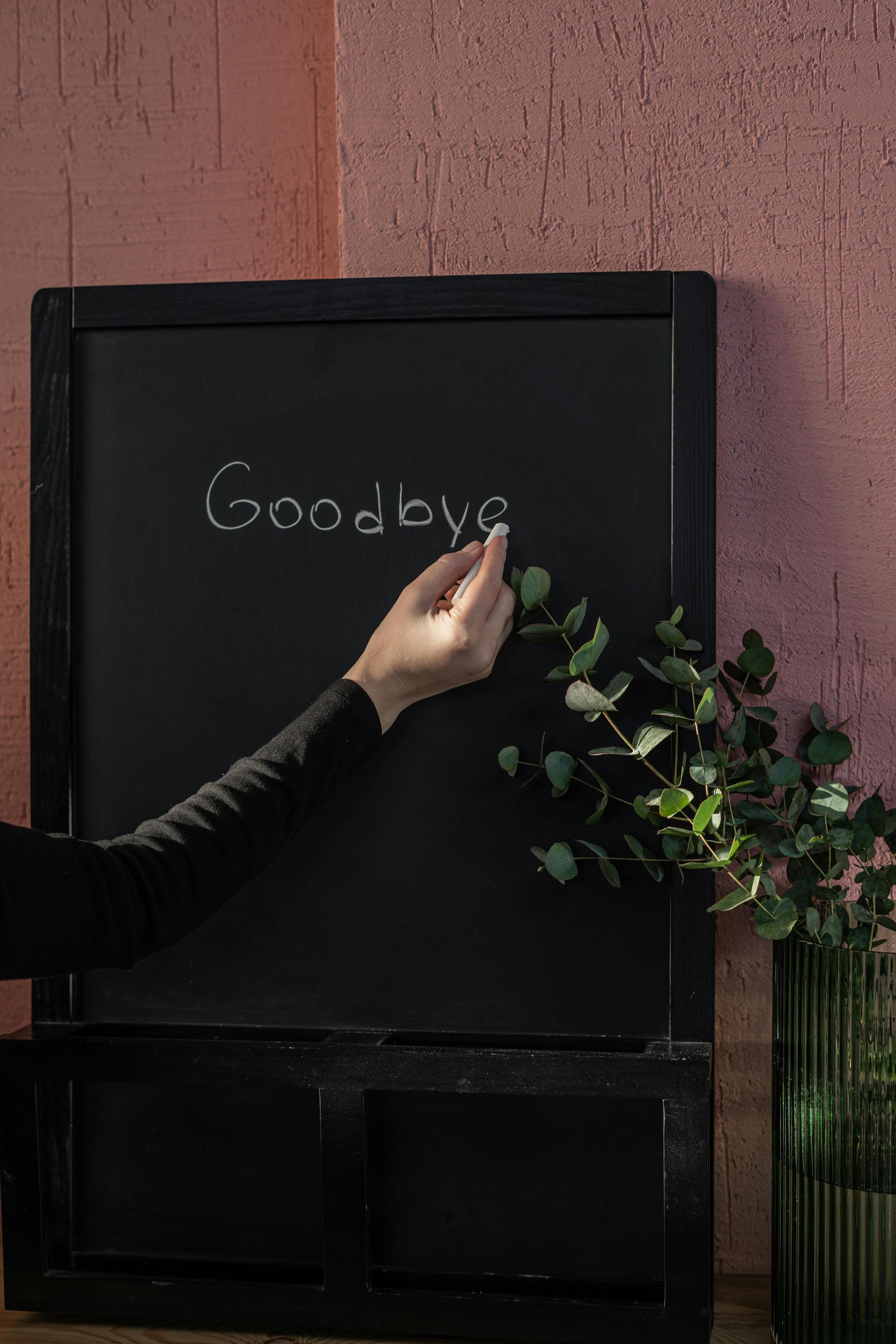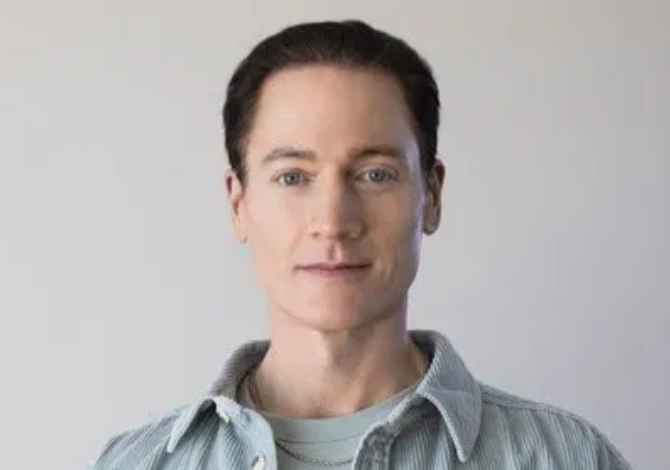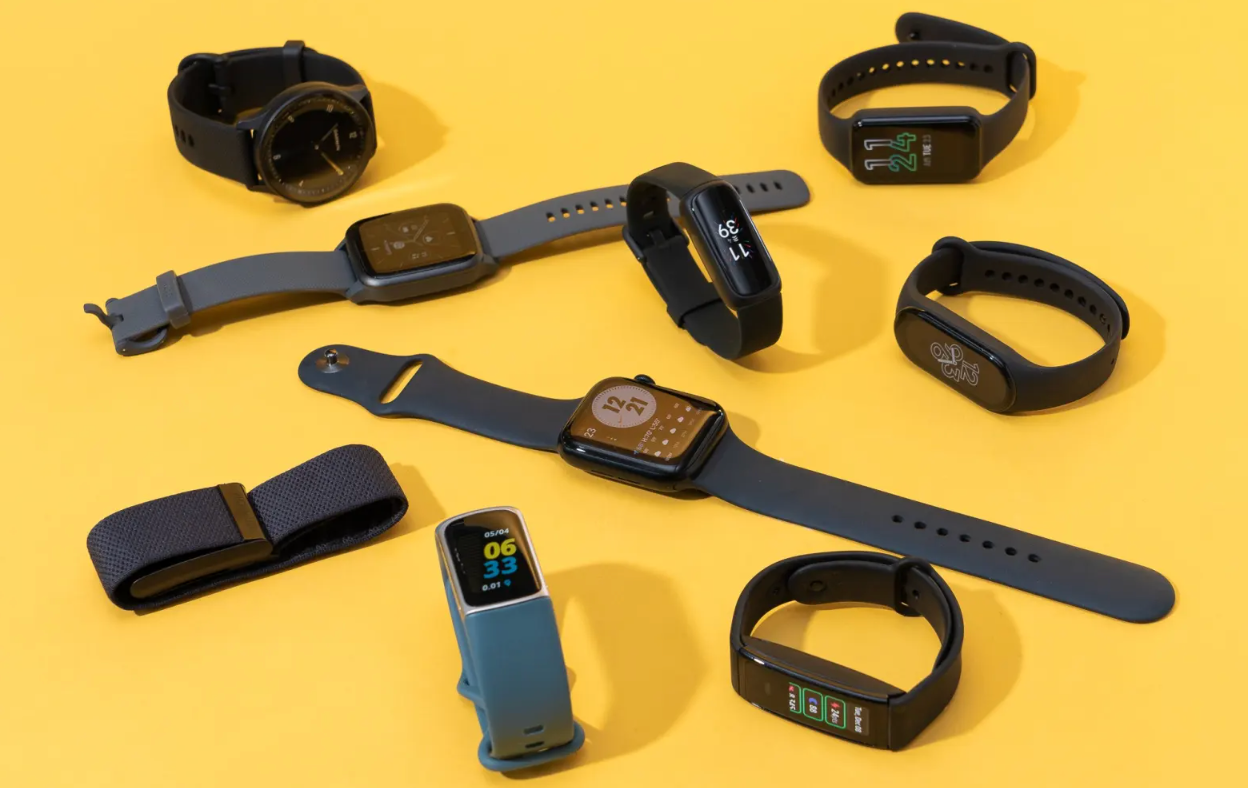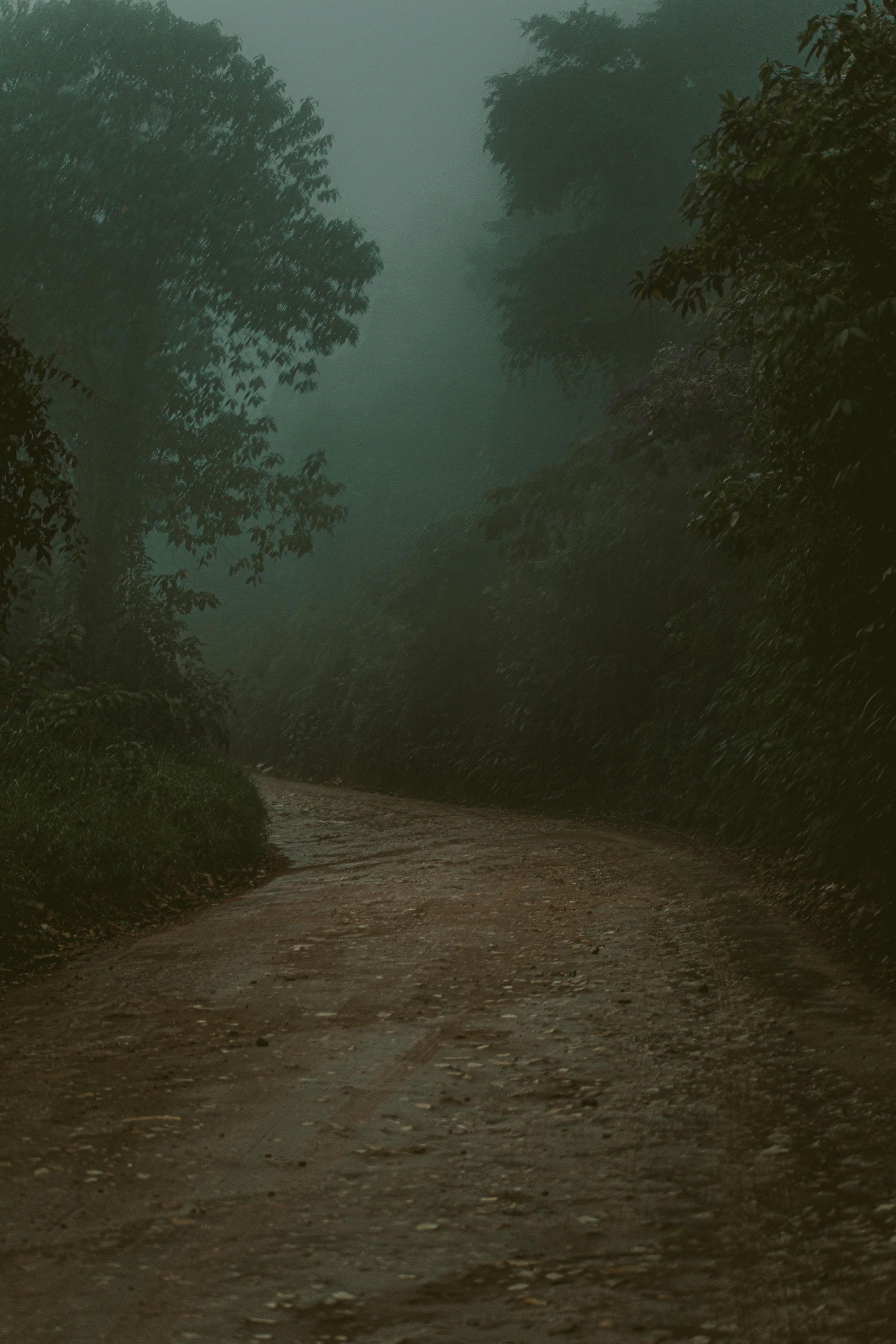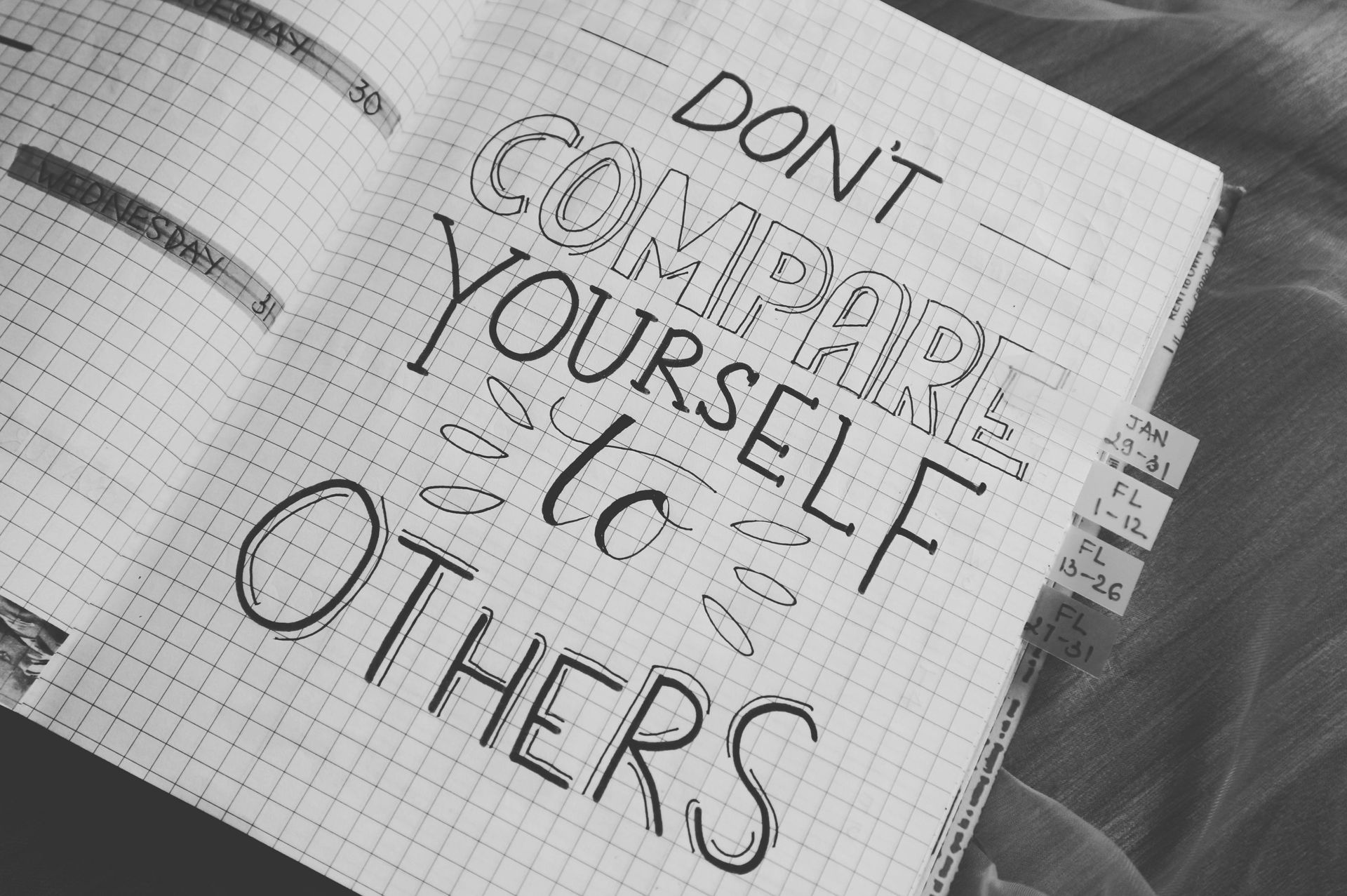The Rest I Didn’t Know I Needed: Lessons from Injury and HRV
For years, I told myself a quiet lie: that rest was for other people. You know, the ones who weren’t “disciplined” enough. The ones who needed to recharge. Not me. I was the kind of person who got after it. I didn’t miss workouts. I pushed through fatigue. I wore my consistency like a badge of honor.
And the irony? I knew better. I’ve read the research. I’ve heard the experts say it again and again: rest and recovery are just as essential as training. They’re one of the five foundational pillars of healthspan—right up there with fitness, nutrition, stress management, and social connection. On paper, I understood it. But in practice, I always treated rest like a luxury I hadn’t earned yet.
That mindset finally started to shift thanks to a few wake-up calls—some subtle, some less so.
It started with reading more deeply into the research. Then there was a post from Peter Attia, going from the same intellectual “knowing” I had to a true internalized realization thanks to a forced period of rest. Friends and loved ones would gently (and sometimes not-so-gently) encourage me to build in more space, to chill a bit. But if I’m being honest, I still didn’t do anything about it.
It wasn’t until I recorded an episode of the Home of Healthspan podcast with Dylan Gemelli that something clicked. I don’t even remember the exact thing he said, but I remember how it landed. For whatever reason, it stuck. And that week, for the first time in I don’t know how long, I took a true rest day. No “active recovery.” No sneaky cardio. Just rest.
And here’s where it gets interesting: my HRV (Heart Rate Variability) started improving almost immediately.
Quick definition, in case you’re unfamiliar: HRV is the measure of the variation in time between your heartbeats. A higher HRV means your nervous system is in a more adaptable, recovered, and resilient state. Lower HRV? You’re likely stressed, overtrained, or under-recovered. It’s not a perfect metric, but it’s an incredibly helpful window into how your body is really doing.
From February to July of 2025, I saw a steady climb in my HRV—month after month. From 47 to 55. That’s a 20% improvement, simply from one rest day a week and a little more attention to recovery.
But the real lesson—the one that forced me to actually understand rest—came after an operation this summer.
The procedure itself wasn’t major, but the post-op instructions were crystal clear: no physical activity for two full weeks. Anything more than the absolute basics risked ripping internal stitches. So for the first time in years, I stopped cold.
Here’s what happened:
Week one? My HRV soared. I was waking up with scores in the high 60s and even hit 70. My body was soaking up the total rest like a sponge. It was confirmation that I’d been carrying a huge load, and finally giving my system time off allowed it to rebound beautifully.
But then… week two hit.
And my HRV crashed. High 30s. Low 40s. Worse than it had been even during my overtraining phases.
It was baffling at first. I wasn’t doing anything, and yet my body was responding like I was under major stress. Until I realized: rest only works when it follows effort.
I’d gone from sustained high-output weeks to a full-stop, and that first week of recovery made sense. But by the second week, the pendulum had swung too far. I didn’t need more rest—I needed the return of rhythm, of effort, of challenge.
Once I resumed physical activity—carefully at first—my HRV climbed again. It’s now steady in the mid to high 50s. Not peaking, but strong. Balanced.
Here’s the thing I finally, truly get: rest isn’t about doing nothing—it’s about doing the right amount for the work you’re doing.
Too much work? You burn out.
Too much rest? You fade.
It’s a dance. A cycle. Stress, recover, adapt. Repeat.
We love to glorify the grind, but it’s in the recovery that we actually get stronger. Muscles rebuild. Hormones reset. Your nervous system regains its footing. Without rest, there is no growth. Without work, there’s nothing to recover from. You need both.
And this doesn’t just apply to training. It’s true in work, relationships, even creativity. We all need to find our version of the sweet spot—where we’re challenged enough to grow, but rested enough to handle it.
So here’s what I’d offer, if you’re someone who leans hard into effort and tends to see rest as a kind of weakness:
- Start small. One true rest day a week changed my physiology more than I imagined.
- Track something. HRV worked for me, but even basic journaling—energy, sleep, mood—can show you patterns.
- Rest when you're well, not just when you’re wrecked. Recovery is not a reward for burnout. It’s maintenance for your engine.
I wish it hadn’t taken an operation to learn this. But sometimes, life hands you a lesson so clearly you can’t look away. And now? Rest isn’t a compromise. It’s strategy.
Here’s to getting stronger—by slowing down, just enough.

